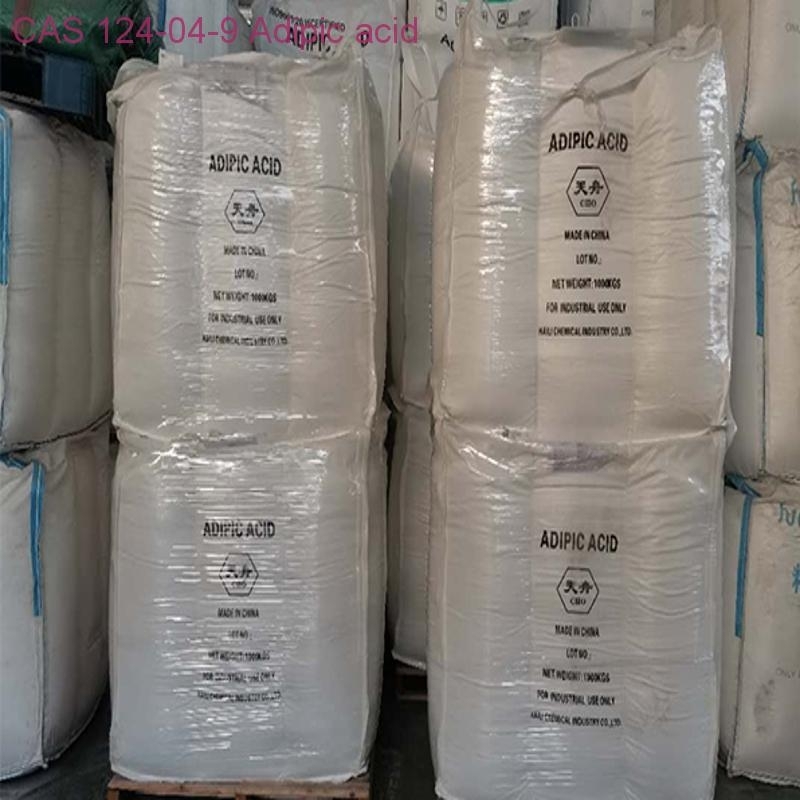-
Categories
-
Pharmaceutical Intermediates
-
Active Pharmaceutical Ingredients
-
Food Additives
- Industrial Coatings
- Agrochemicals
- Dyes and Pigments
- Surfactant
- Flavors and Fragrances
- Chemical Reagents
- Catalyst and Auxiliary
- Natural Products
- Inorganic Chemistry
-
Organic Chemistry
-
Biochemical Engineering
- Analytical Chemistry
-
Cosmetic Ingredient
- Water Treatment Chemical
-
Pharmaceutical Intermediates
Promotion
ECHEMI Mall
Wholesale
Weekly Price
Exhibition
News
-
Trade Service
Video: Nanocomposite sensor integrated smart mask allows detection of wide bandwidth dynamic pressure range with high sensitivity
for tracking multiphase respiratory activity.
Wearing a mask is considered one of the most effective ways to prevent the spread of COVID-19, even during the upcoming epidemic phase
.
In addition to the functions of traditional masks, the potential of smart masks to monitor human physiological signals is increasingly being explored
.
A research team led by City University of Hong Kong recently invented a smart mask that integrates an ultra-thin nanocomposite sponge structure of a sonic sensor capable of detecting breathing sounds
of breathing, coughing and talking.
Smart masks use machine learning algorithms and highly sensitive sonic sensors that can operate over a wide bandwidth, opening up new avenues
for their application in respiratory disease recognition and voice interaction tools.
By enabling prolonged and systematic respiratory health monitoring in daily life, this ultra-lightweight wearable technology also has the potential to
improve personal and public health.
A research team led by Professor Li Wenyong, Chair Professor of the Department of Mechanical Engineering, Professor Wang Jianping, Professor of the Department of Computer Science, and Dr Yu Xingge, Associate Professor of the Department of Biomedical Engineering, City University of Hong Kong, has recently developed a smart mask that can detect and distinguish multiple breathing movements
.
The team of Professor Shen Jiangang from the School of Chinese Medicine of the University of Hong Kong also made important contributions
to the project.
The findings, published in the journal Advanced Science, are "Broadband nanocomposite sensors for tracking multiphase respiratory activity integrated smart masks.
"
Even as COVID-19 becomes an epidemic, the importance of wearing a mask
Professor Li said: "Many countries now believe that COVID will soon become an epidemic
.
" However, we must set aside optimism and be realistic about
the likely levels of illness, disability and death associated with the disease in the coming years.
It is important to remember that endemic does not equal harmless
.
He cited malaria as an example, according to the World Health Organization, although malaria is currently thought to be endemic in 87 countries, an estimated 241 million people were infected with malaria in 2020, causing 627,000 deaths
.
Therefore, he suggested that people should continue to be vigilant against COVID-19 and use existing and proven measures, including masks, to control the spread
of the virus.
Professor Li explained: "This smart mask uses our self-developed high-sensitivity, wide-band flexible sensor, which can detect and record daily human breathing activities, such as breathing, coughing and talking, for cloud data storage
.
"
The smart mask developed by the research team has a sponge-like structure as thin as 400 μm, made of carbon nanotubes and polydimethylsiloxane (CNT/PDMS) material, using a new and improved sacrificial release technology
.
Ultra-thin, lightweight sensors can be practically integrated to effectively work
with rigid masks and deformable non-woven masks.
Good static and dynamic performance
The research team recruited 31 people in order to collect their respiratory activity
while wearing smart masks.
The results show that acoustic sensors have high sensitivity
in measuring both static and dynamic pressure.
In addition to performing well in the static pressure range of 27.
9 Pa to 2.
5 kPa, the sensor responds
to the high-frequency dynamic pressure generated by the human voice, i.
e.
harmonic sound energy up to 4000 Hz.
In addition, sensors can sense air movement, including directional flow and vibration
.
These findings suggest that by integrating sensors with commercial polycarbonate masks, it can be used to detect human respiratory activity
.
Research has also shown that smart masks can detect and distinguish between three common respiratory functions: breathing, coughing, and speaking
.
Professor Wang said: "Advanced artificial intelligence technology enables this comprehensive mask to automatically recognize different coughing and breathing patterns, indicating that it may be used to diagnose respiratory related diseases
in the future.
" Currently, researchers use commercially available sensors to detect temperature changes and air currents to count the number of coughs, but they cannot capture important physiological information
contained in human voices, coughs, and breathing.
Our smart masks are sensitive to both subtle air pressure and high-frequency vibrations and can detect the three stages of coughing," Professor Li added
.
The team's goal is to eventually develop real-time diagnostic algorithms for applications
such as pneumoconiosis symptom assessment.
"As a potential low-cost, everyday smart wearable, this new IoT smart mask will help with personal and public health management, screening and diagnosis of respiratory diseases, especially in a densely populated city
like Hong Kong," said Dr Yu.
The voice detection capabilities of smart masks can also help solve the problem
of sound attenuation caused by wearing masks.







